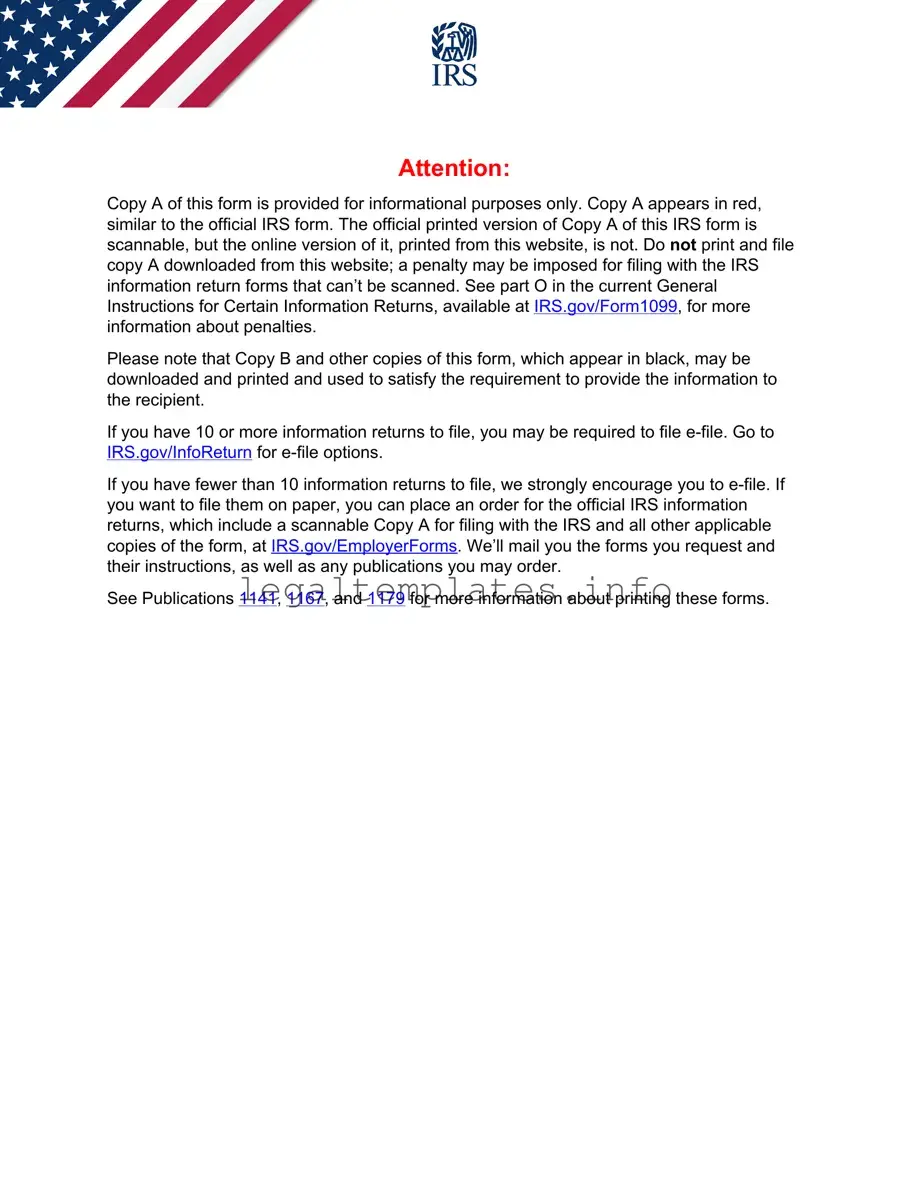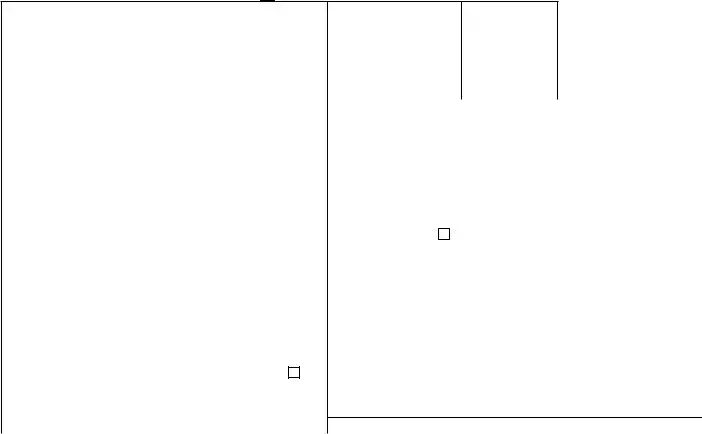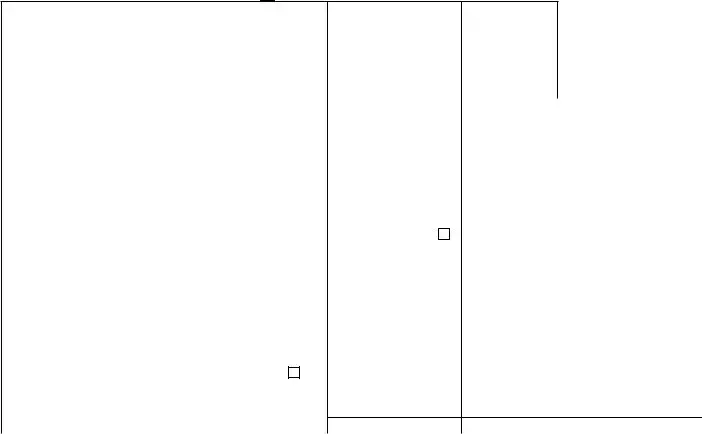Filing taxes is a complex task, and when it comes to submitting IRS forms like the 1099-MISC, even the smallest mistakes can lead to significant issues down the line. One common error is not verifying the recipient's information. This can include incorrect or misspelled names, wrong addresses, or inaccurate Social Security numbers or Employer Identification Numbers. Such mistakes can delay the processing of forms or lead to penalties for incorrect filing.
Another pitfall involves mixing up forms. The 1099-MISC is often confused with other 1099 forms, like the 1099-NEC, which is specifically for reporting nonemployee compensation. Before 2020, nonemployee compensation was reported on the 1099-MISC form, but the IRS now requires it to be reported on the 1099-NEC, a detail that some may overlook.
A third issue is failing to report all payment types. The 1099-MISC form is used to report different types of income beyond just services, such as rents, prizes, and awards. Missing out on reporting any one of these payment types could lead to incomplete forms and potential audits.
Submitting the form late is yet another error. The IRS has strict deadlines for when 1099-MISC forms must be sent to both the recipient and the IRS. Late submissions can result in penalties, which increase the longer the delay.
Additionally, many make the mistake of not keeping copies of the forms they file. For any discrepancies or audits, having a copy of what was submitted to the IRS and when is crucial for verification and can save a lot of trouble.
Incorrect dollar amounts can also create issues. As simple as it may sound, ensuring that the numbers reported on the 1099-MISC form match the actual payments made is essential. Discrepancies can trigger IRS inquiries or audits.
Another common oversight is neglecting to double-check the form before submission. Even small errors can lead to rejected forms or delayed processing. It is always recommended to review the form thoroughly before sending it off.
Some also forget about state requirements. Apart from IRS requirements, some states have their own reporting requirements for 1099-MISC forms. Failing to submit required copies to state tax authorities can result in additional fines and complications.
Ignoring corrected forms is another mistake. If you realize after submission that there was an error in the 1099-MISC form sent out, the IRS requires a corrected version to be filed. Ignoring this responsibility can complicate matters, especially if audited.
Lastly, people sometimes mishandle the issue of foreign contractors. Payments made to contractors who are not U.S. citizens and do work outside the U.S. do not typically need to be reported on a 1099-MISC. However, understanding and applying these rules can be complex, and mistakes here can lead to unnecessary reporting or failure to comply with international tax laws.
In conclusion, carefully filling out the 1099-MISC form is critical to comply with tax obligations and avoid complications. By being mindful of these common pitfalls, filers can ensure more accurate and stress-free tax reporting.






 CORRECTED (if checked)
CORRECTED (if checked)

 CORRECTED (if checked)
CORRECTED (if checked)